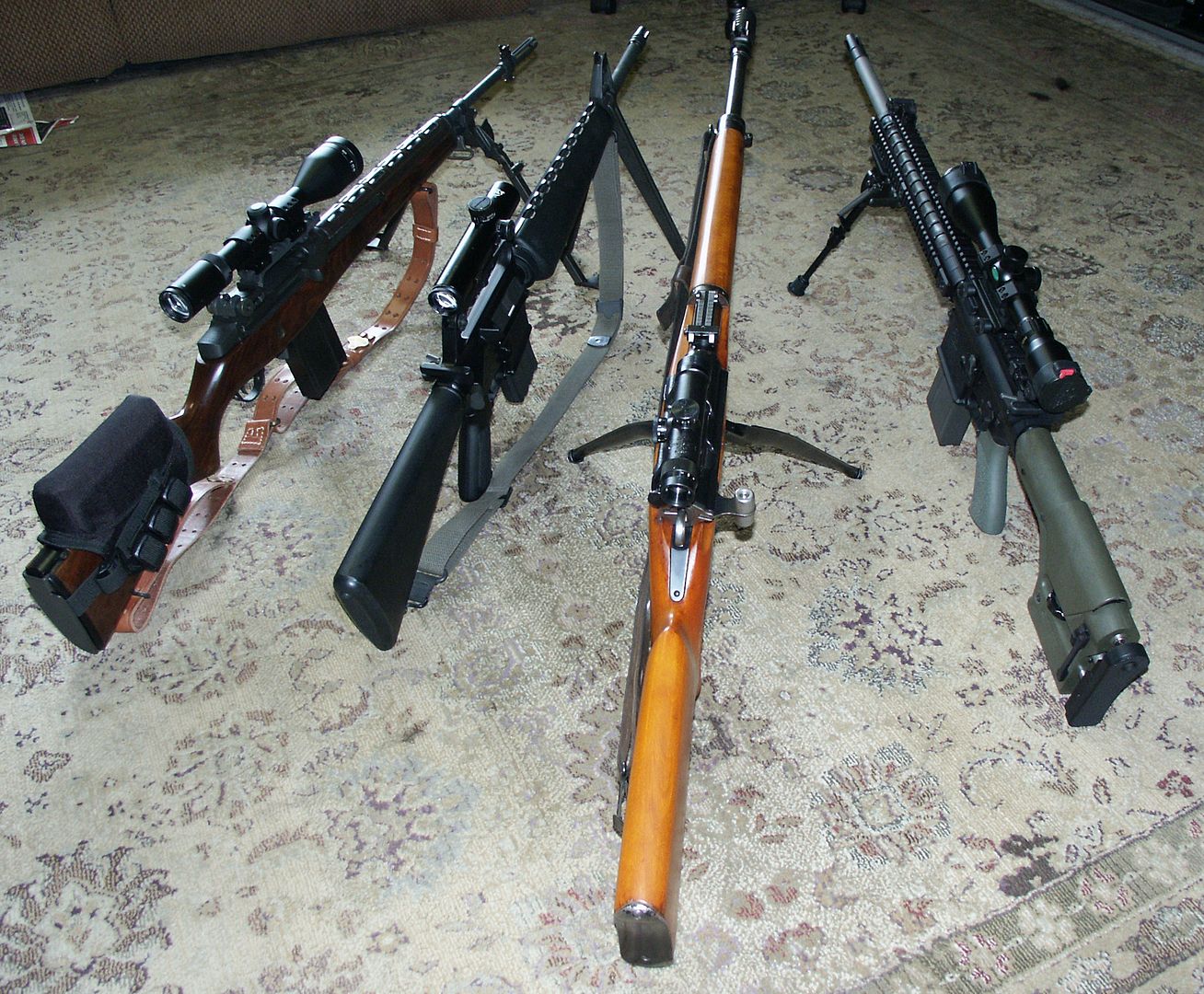BPowderkeg
Moderator
you folks who use a bi-pod on a quad rail for shooting off a bench or prone or any position.., do you clamp it down near the front, or closer to the mag well ?
i have been clamping mine near the front, as i was told is the best placement, i can not get the accuracy i desire..., which is less than 2 1/2 inches @ 100 yds., but on the other hand i have some "mild" nerve damage resulting from neck surgery four years ago (C2-C6) my hands/fingers are numb and tingly, picking up a single primer off the bench is almost impossible.
considering my condition, can placement of the bi-pod improve my accuracy ? i also use only 5.56mm/.223 Rem. reloads and have tried five different powders, four different bullet weights and CCI 400 primers, still, my best groups are 2 1/2" off a very sturdy bench, off hand standing sitting or prone the groups are in the 12" smallest, to gawd awful 20".
i have been clamping mine near the front, as i was told is the best placement, i can not get the accuracy i desire..., which is less than 2 1/2 inches @ 100 yds., but on the other hand i have some "mild" nerve damage resulting from neck surgery four years ago (C2-C6) my hands/fingers are numb and tingly, picking up a single primer off the bench is almost impossible.
considering my condition, can placement of the bi-pod improve my accuracy ? i also use only 5.56mm/.223 Rem. reloads and have tried five different powders, four different bullet weights and CCI 400 primers, still, my best groups are 2 1/2" off a very sturdy bench, off hand standing sitting or prone the groups are in the 12" smallest, to gawd awful 20".



